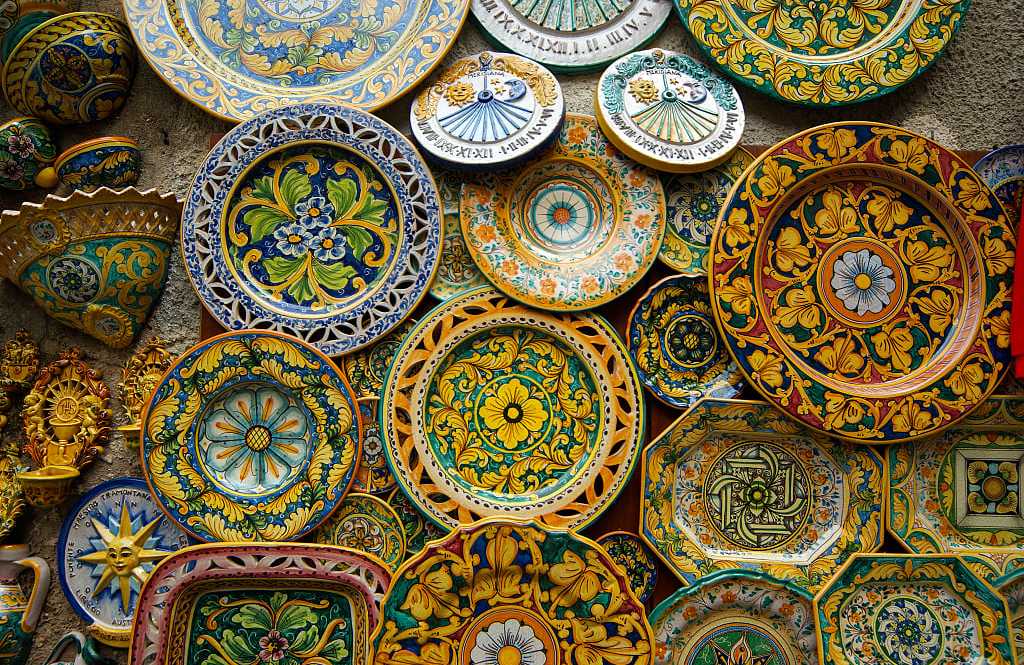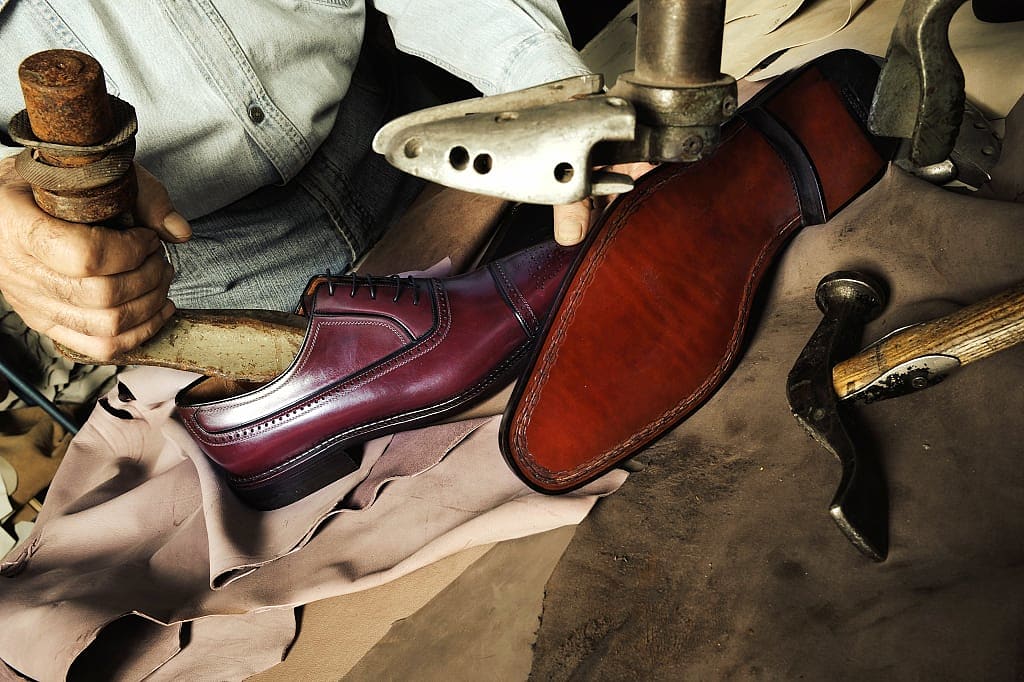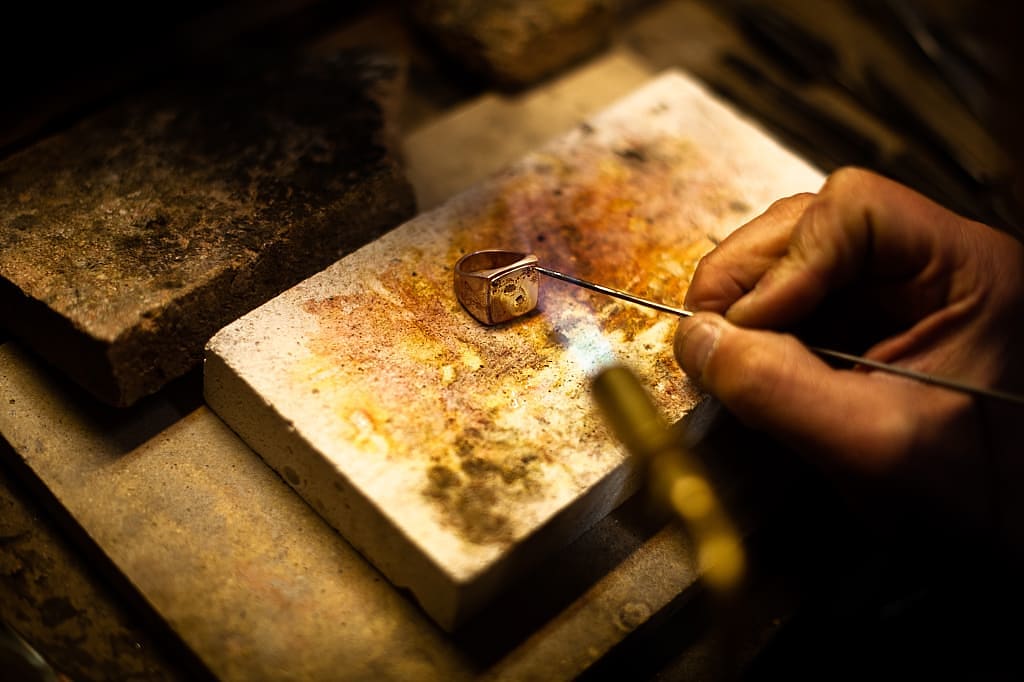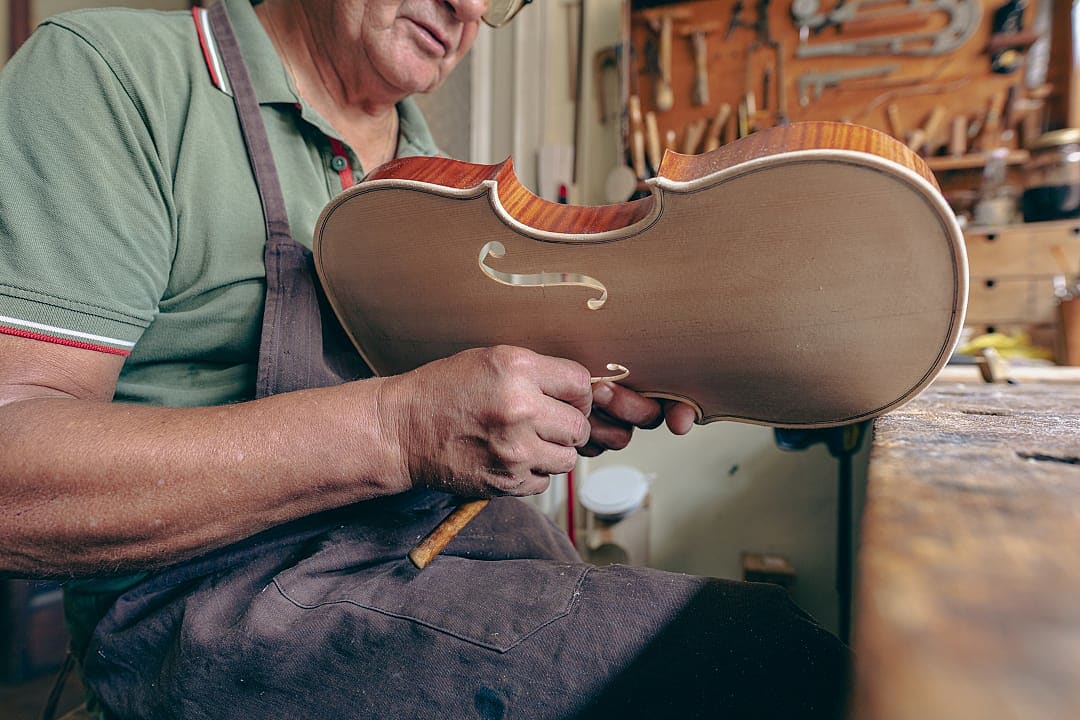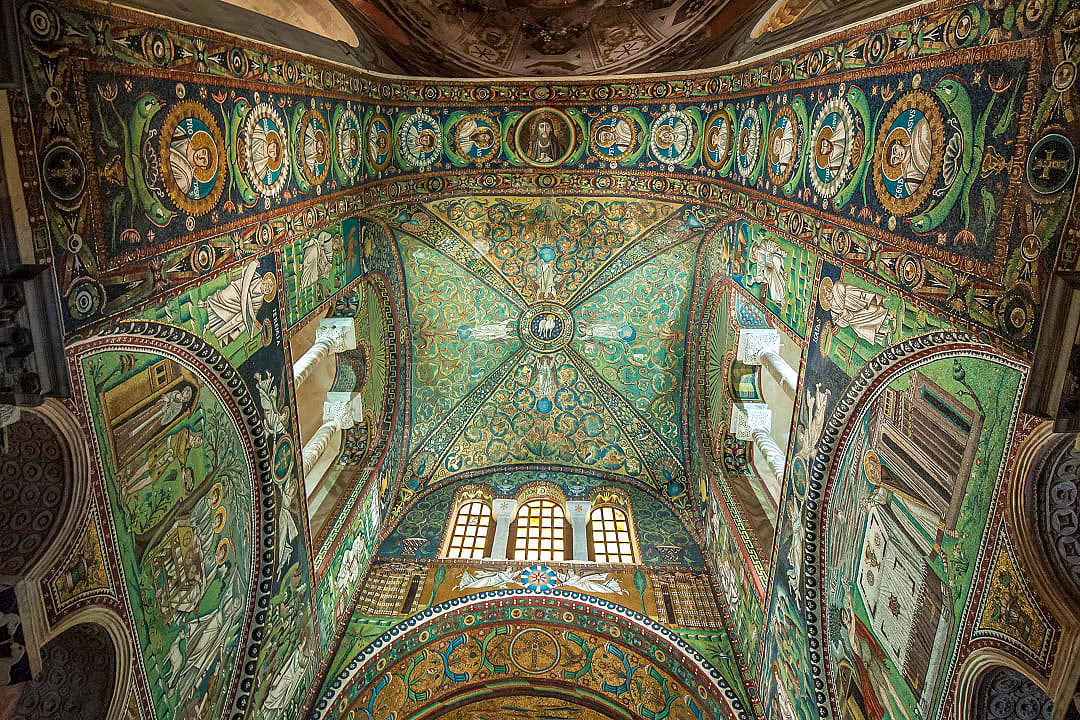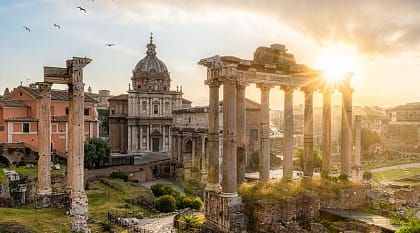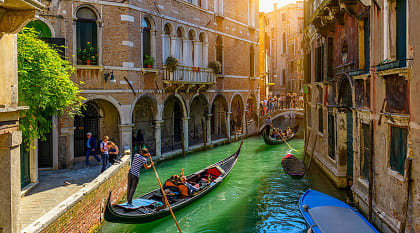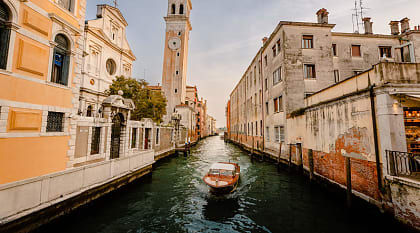Murano glass is one of Italy’s most famous products, with a history that dates back nearly a millennium. Visitors flock to the Venetian Lagoon to visit the famed island that became a glass-production center after the Doge ordered all glassblowers off Venice's main island due to fears of fires from the kilns.
Murano glass blowers continue the traditions of artistic masters who brought fortune to the Venetian Lagoon and elevated their families' importance to the status of near-nobility. Some of the most influential brands of glass are still produced in the historic factories on Murano, such as Venini, Barovier and Toso, Pauly, and Seguso.
Showrooms across the island of Murano provide displays of artists' fascinating work, while the working studios allow visitors to see the stunning techniques of the artisan glass blowers in action. Your studio visit can also offer the chance for a hands-on workshop. You and your instructor can produce a small souvenir in the glass arts, such as a necklace, bracelet, or delicate mosaic complete with rainbow hues as you discover the right Venice vacation and tour for you. Embrace the floating city and its timeless wonders with our Venice travel guide.
Where to Visit: Murano (Venice)
